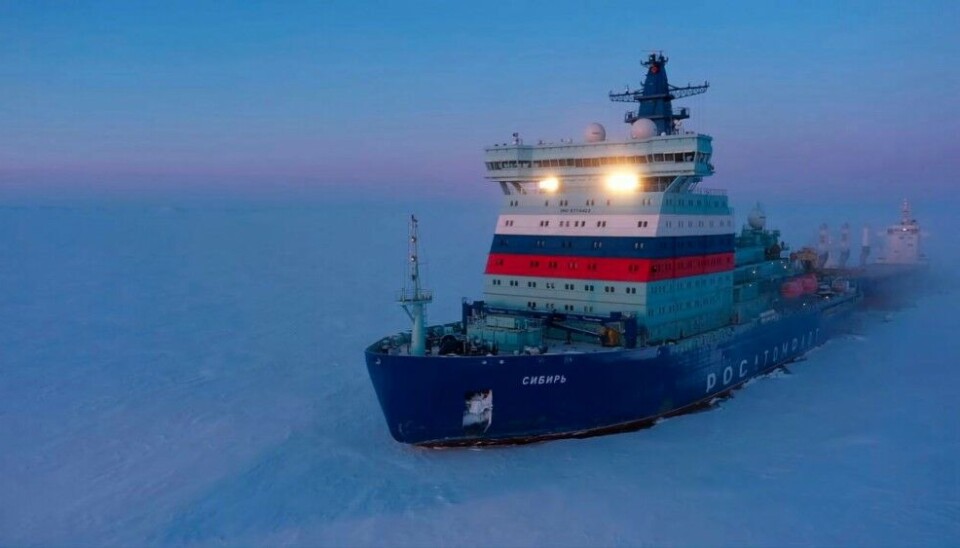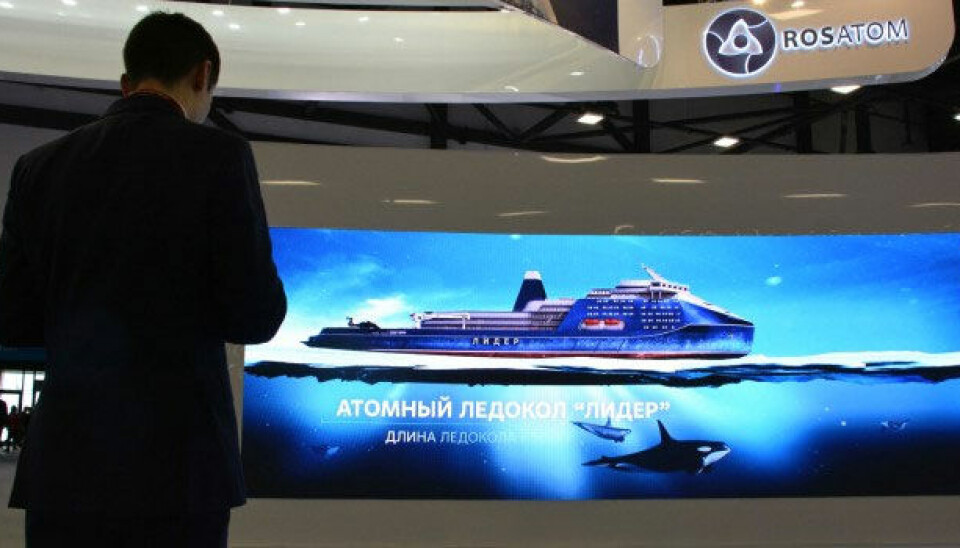
Moscow cuts funding for icebreakers
Slashed investments and a spike in construction costs will lead to a significant delay for Russia's expanded fleet of nuclear powered icebreakers.
The Russian government intends to cut funding for construction of the powerful icebreaking vessels by ten billion rubles over the period 2024-2026.
The budget cuts come as war-raging Russia is boosting military spending. According to the country’s draft national budget for 2024, spending on the military and defense will be increased by 68 percent and constitute almost 30 percent of the total budget.
The budget document was late September handed over to the legislators in the State Duma, and leader of the Duma Defense Committee Andrei Kartopolov shortly later underlined that the proposed budget “will allow the Armed Forces to meet its strategic objectives.”
It is not yet clear how the increased defense spending will affect military investments in the Russian Northern Fleet and the country’s Arctic areas. But for the civilian fleet of nuclear icebreakers there is clearly a negative trend.
The proposed budget includes a 5,24 billion rubles (€50 million) cut in funding for the building if the Lider-class icebreaker, newspaper Kommersant reports.
In addition come more than 4 billion rubles budget cuts for the LK-60 icebreakers.
The reduced spending comes in addition to a significant cost increase spurred by the international sanctions and materials costs
The updated price estimate for the Lider alone is now expected to be 60 percent higher than the original plan. The super-powerful ship that is projected to revolutionize shipping in Russian Arctic waters might now ultimately cost more than 200 billion rubles (€1,95 billion).

And it will clearly not be ready for sailing in 2027 as originally planned. By mid-March 2023, only five percent of construction - not 15 percent as planned - was completed, people familiar with the project say.
According to Kommersant, the Lider will be completed no earlier than in 2029.
A similar situation comes for two LK-60 icebreakers. The Kamchatka and the Sakhalin were originally to cost 56,6 billion rubles and 61,3 billion rubles respectively and be completed in 2028 and 2030. The actual price is likely to become far higher and the delivery schedule postponed.
The Kamchatka and the Sakhalin are the 6th and 7th of the new class of Russian nuclear icebreakers. The LK-60 (project 22220) is about to become the country’s main icebreaking vessels in the Arctic. Today, three ships of the class are in operation and another two are under construction, due to be included in fleet in 2024 and 2026.
Russia is also cutting funding for building of a support ship to be applied for recharging nuclear fuel in the icebreaker fleet. The ship (project 22770) was originally to cost 24,8 billion rubles and be ready for sailing in 2029.















